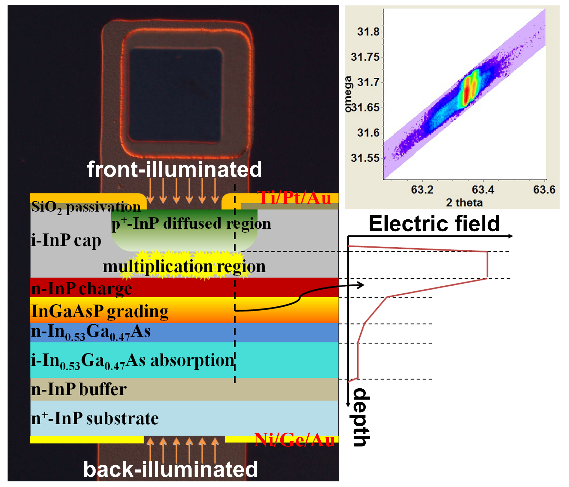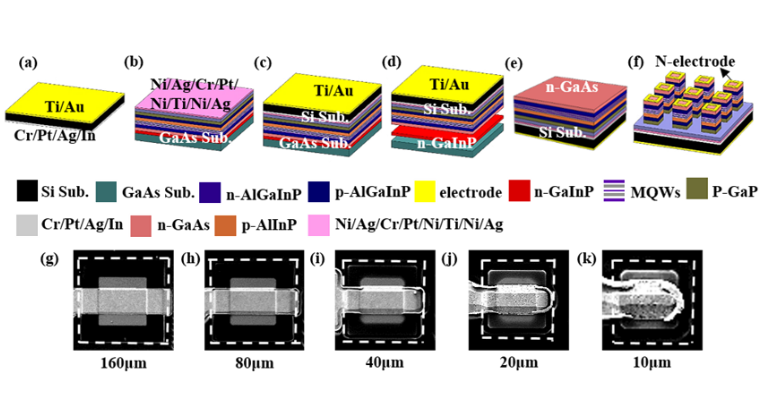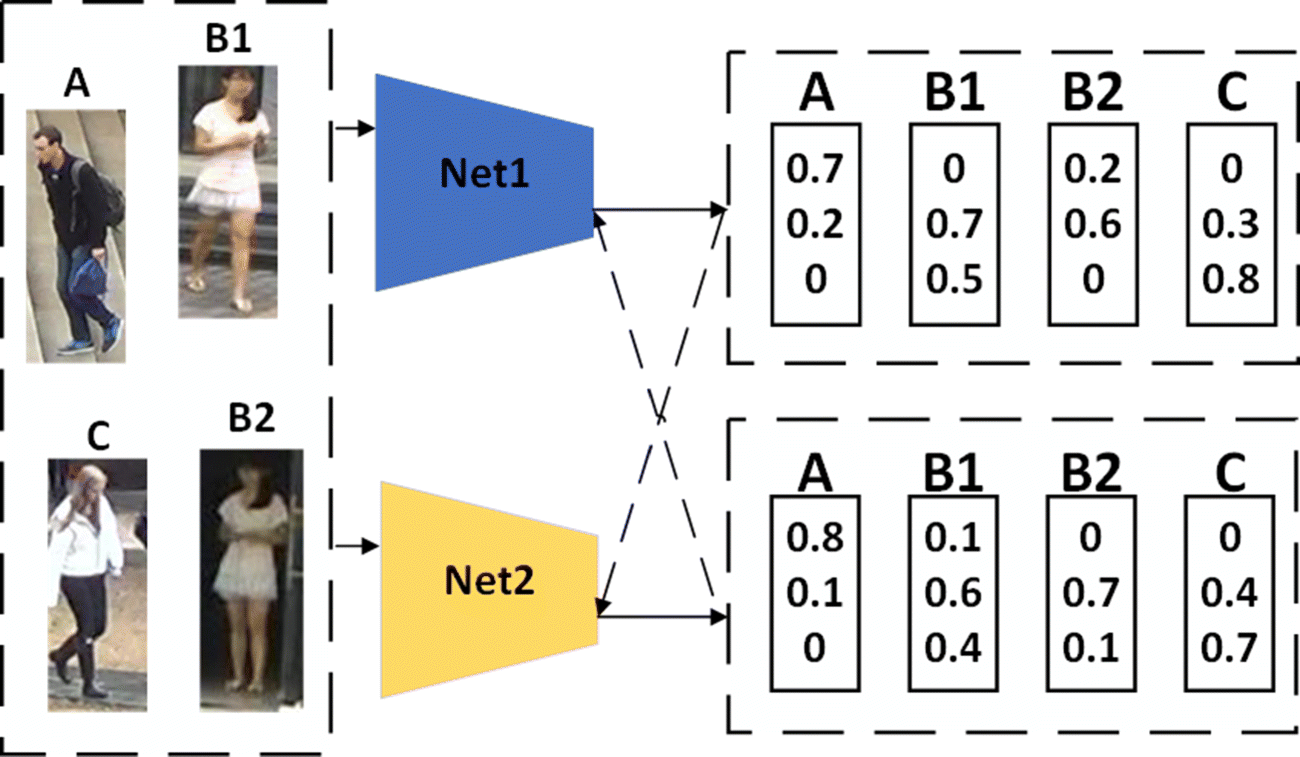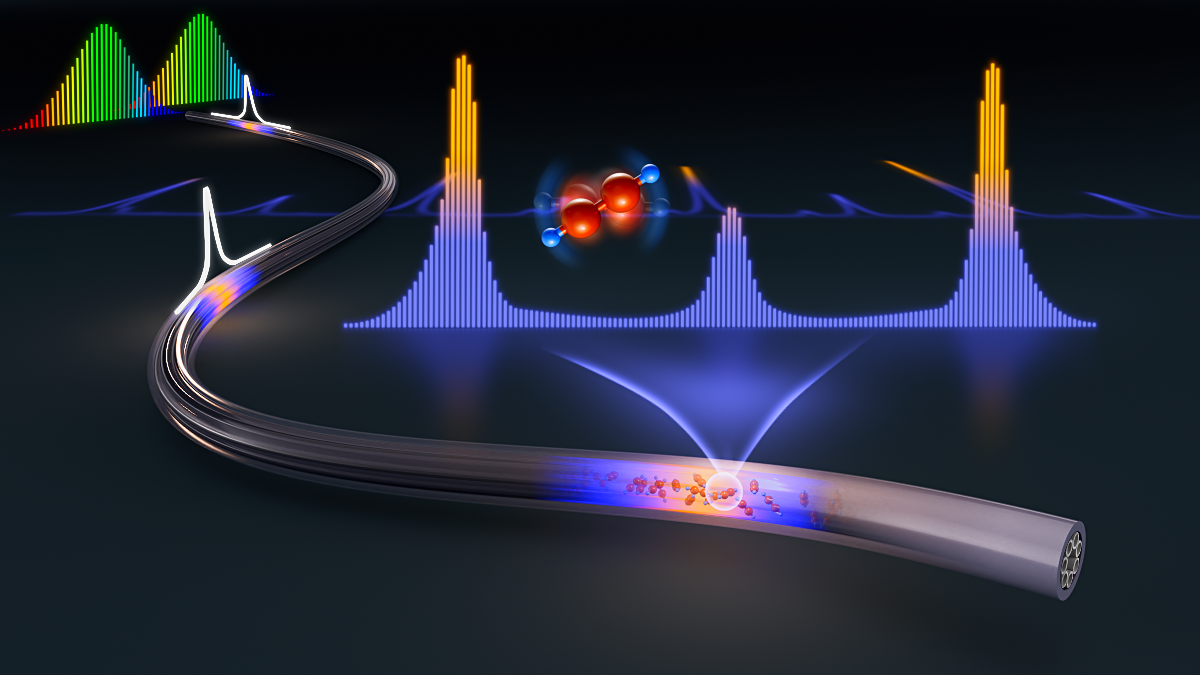
Autonomous driving technology put forward an urgent requirement for eye-safe light detection and ranging (LiDAR). The In0.53Ga0.47As/InP APD avalanche photodiodes (APDs) distinguished themselves with superior performances such as high internal gain, high reliability, and high sensitivity working in the band covering the eye-safe wavelength, making it one of the core devices for LiDAR system.

Micro-LEDs have been used in many fields due to their superior performance, such as micro-displays, visible light communication, optical biochips, wearable devices, and biosensors. Obtaining high resolution and high pixel density is one of the key technical challenges of working with micro-LED array displays, as it requires smaller and smaller chip sizes and pixel pitches.

Due to their unique capabilities for implementing all-optical logic gates, quantum-dot semiconductor optical amplifiers (QD-SOAs) are promising candidates to meet the growing demand for greater speeds to cope with the vast information capacity in modern telecommunication networks.

Cameras in cities can help security departments track the whereabouts of targets. Manual methods and traditional image processing methods have low accuracy and slow efficiency, and supervised learning requires a large amount of labeled data and is less robust. However, unlabeled data in a large number of application scenarios can be obtained through surveillance video.

Optical remote sensing images are subject to various noisy images during the process of acquisition and transmission, which blur the details such as edge texture and reduce image quality. The remote sensing images without clear and high-quality must be pre-processed with noise reduction.

Optical frequency comb, a Nobel Prize-winning device, can emit numerous evenly spaced and phase-coherent laser lines simultaneously. Besides metrology, attosecond science, and optical communication, frequency comb has recently become an extremely powerful tool for high-precision spectroscopy.
